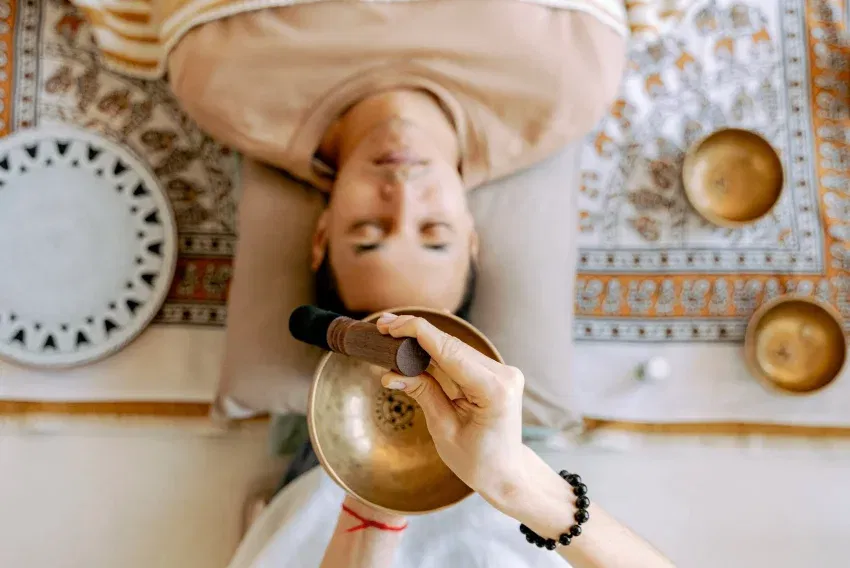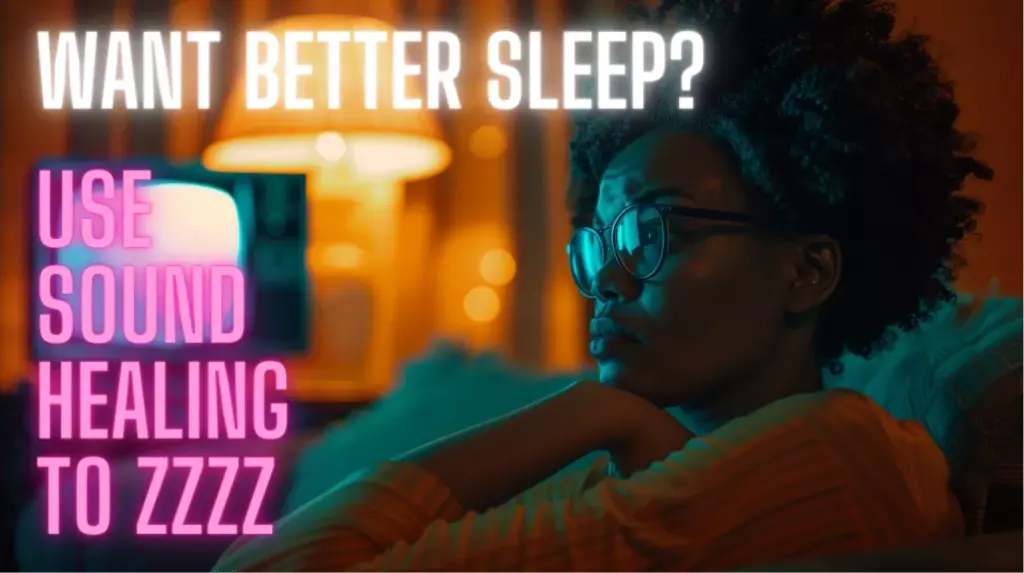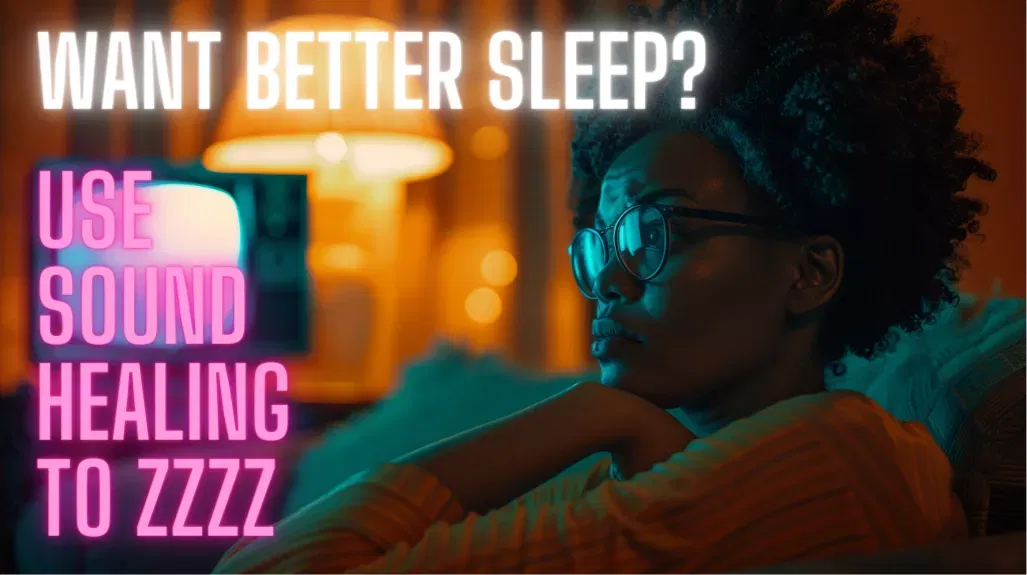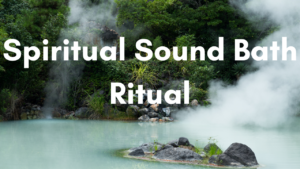Sleep. Isn’t it wonderful when our head hits the pillows, the lights go dark, and we fall into our restful slumber, left to rest and dream, before we finally awaken some seven or eight hours later? However, many people don’t often experience that when it comes to sleep. In fact, Adults need seven or more hours of sleep per night, but up to 91% of adults with PTSD experience insomnia symptoms—they don’t get a total of seven or eight hours of sleep, and it’s often interrupted, leading to low-quality sleep. They’re tired and more stressed, and that’s just the beginning of how a poor night’s sleep impacts someone.
The good news is that people who have problems getting restful sleep have many resources available, many of which are on the Aurras website.
Is a Lack of Good Sleep Really That Bad for You?
Lack of a good night’s sleep leads to many other disorders, not the least of which is falling asleep at random times during the day. Imagine falling asleep at the wheel; imagine falling asleep during a meeting. One time, I fell asleep on a call with a customer! The impact of poor sleep cannot be denied, nor can it be ignored.
Productivity is another area significantly impacted by inadequate sleep. Sleep deprivation impairs cognitive functions such as memory, concentration, and decision-making abilities. This can lead to decreased productivity at work or school and an increased likelihood of making errors or poor judgments. Furthermore, sleep-deprived individuals often experience slower reaction times and reduced creativity, hindering their overall performance in various tasks. The cumulative effect of poor sleep on productivity can result in decreased efficiency, lower quality work output, and ultimately hindered career advancement.
Emotional well-being is closely intertwined with sleep quality. Lack of adequate rest can lead to mood disturbances such as irritability, anxiety, and depression. Sleep deprivation affects the brain’s ability to regulate emotions effectively, making individuals more prone to negative emotional responses and heightened stress levels. Chronic sleep insufficiency has also been linked to an increased risk of developing mental health disorders. Additionally, poor sleep can strain relationships with others due to mood swings and difficulty in managing emotions effectively. Prioritizing restful sleep is essential for maintaining emotional stability, resilience, and overall mental well-being.
Understanding Vibrational Sound Therapy and How it Helps
Vibrational sound therapy, or sound healing, is an ancient practice that utilizes sound vibrations to promote relaxation, balance, and overall well-being. The roots of sound therapy can be traced back to various ancient civilizations where sound was revered for its powerful effects on the mind, body, and spirit. For instance, in ancient Egypt, priests used chanting and incantations for healing purposes, while in India, Nada Yoga incorporated vocal chants and musical instruments to balance chakras. Indigenous cultures like the Australian Aborigines used instruments like the didgeridoo for healing purposes for over 40,000 years. The practice of sound healing has transcended cultural boundaries and evolved over time to become a widely recognized modality for promoting health and harmony.
Sound healing works by utilizing vibrations that affect organisms at an atomic level, organizing neural activity, stimulating bodies, and retuning emotions to promote calmness and productivity. Different sounds interact with various regions of the brain, triggering responses that can alter brainwave patterns to match aspects of the sound vibrations. The therapeutic benefits of sound healing are increasingly recognized in modern times as a complementary healing practice with potential therapeutic benefits and minimal side effects.
Sleep-Related Sound Therapy Videos
This website has a treasure trove of content to help anyone relax and heal. Below are a couple of of select videos and audio clips that will help anyone begin sleeping better.

Improve Your Sleep with These Sound Healing Videos
Sound Bath Recording Sleep
(Available to All Access Members)- Nothing feels better than a good night of sleep so you can wake up feeling refreshed and ready to take on everything life has to offer!
The Connection Between VST and Better Sleep
Vibrational Sound Therapy (VST) has been associated with promoting better sleep and overall well-being. By utilizing sound and vibration, VST sessions activate the parasympathetic nervous system, reducing stress in the body and enabling a state of deep relaxation. The vibrations from sound therapy help to rebalance the body’s energy and promote a harmonized state, allowing for the release of physical injuries and emotional traumas. During a VST session, individuals lie comfortably on a massage table or chair while therapeutic singing bowls are placed on or near the body. This experience induces a deeply relaxed state where muscles relax, breathing slows, and the body absorbs the waves of vibration, leading to warmth and relaxation.
Research published on the National Center for Biotechnology Information (NCBI) website explored the effects of external auditory stimulation as a non-pharmacological sleep aid. The study involved interventions like white noise and rain sounds, positively affecting subjective sleep quality and improving sleep time and efficiency. These findings suggest that auditory stimulation, a fundamental aspect of VST, can enhance sleep quality and promote better rest.
How to Incorporate Vibrational Sound Therapy into Your Nightly Routine
Start your evening by immersing yourself in calming sounds to ease into relaxation. Aurras members have access to a sound healing library with hundreds of hours of video and audio content to help them not only with sleep-related issues but also with pain and trauma. Craft your own soundtrack of serene melodies for different moments of the day, during your commute, or while doing chores. These methods are designed to create harmony, fostering wellness, equilibrium, and overall happiness. It’s important to remember that sound healing isn’t a one-size-fits-all solution. There is no one correct way to do any of this. So, find what works best for you.
Just Getting Started with the Practice of Sound Therapy?
For beginners exploring Vibrational Sound Therapy (VST), start by familiarizing yourself with different sound healing modalities such as Tibetan singing bowls (our guide on selecting the right singing bowl), crystal bowls, tuning forks, or gongs. Attend workshops, classes, or online tutorials to learn basic techniques and understand the principles behind sound healing.
Experiment with creating your own soundscapes using instruments like chimes or bells to experience the calming effects of sound vibrations. Incorporate sound healing into your daily routine by setting aside dedicated time for listening to soothing music, practicing deep breathing exercises, or engaging in guided meditation sessions. Remember to approach your sound healing journey with an open mind and a willingness to explore the transformative power of sound for relaxation, stress relief, and overall well-being.







